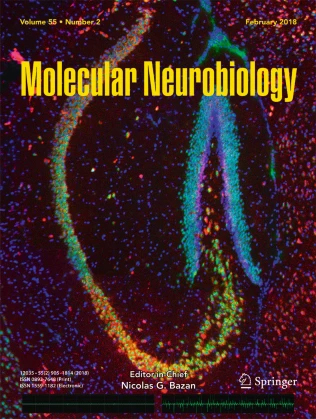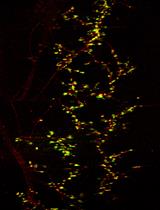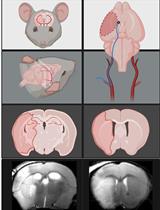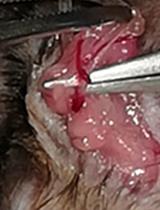- EN - English
- CN - 中文
Developing a Ministroke Model in Mouse Barrel Cortex
小鼠桶状皮层微卒中模型的建立
发布: 2025年03月20日第15卷第6期 DOI: 10.21769/BioProtoc.5244 浏览次数: 1474
评审: Samantha HallerRaniki KumariAnonymous reviewer(s)
Abstract
Stroke is a worldwide leading cause of death and long-term disability, with ischemic strokes making up approximately 85% of all cases. There is a significant need for an ideal animal model that accurately replicates the disease’s pathology to study the molecular mechanisms of brain injury. Various experimental models have been created to induce middle cerebral artery occlusion (MCAO), including intraluminal MCAO, photothrombotic models, endothelin-1 injections, and electrocoagulation. However, these often result in large infarct or lesion volumes accompanied by considerable variability. In this study, we present a ministroke model that specifically targets the mouse barrel cortex, making it suitable for investigating the mechanisms of minor strokes and stroke recurrence. In our model, the distal branch of the right middle cerebral artery (MCA), which supplies the sensorimotor cortex, is permanently ligated using 10-0 sutures. This is followed by a 7-min occlusion of the bilateral common carotid arteries (CCAs) and subsequent reperfusion. This approach produces a mild stroke characterized by small and consistent lesion volumes and very low mortality rates. A well-trained experimenter can achieve nearly zero mortality with this technique. Furthermore, this model of localized ischemia induces lesions in the functionally defined barrel cortex, allowing the use of the vibrissae-evoked forelimb placing test to assess functional outcomes.
Key features
• Introduces a novel ministroke model targeting the mouse barrel cortex, specifically designed for studying minor strokes.
• Achieves consistently small infarct sizes and low mortality rates, allowing for long-term assessments of functional outcomes.
• Requires specialized surgical skills for the permanent ligation of the right middle cerebral artery and temporary occlusion of common carotid arteries.
• The adhesive removal test and the vibrissae-evoked forelimb placing test exhibit remarkable sensitivity in this model.
Keywords: Ischemic stroke (缺血性卒中)Graphical overview
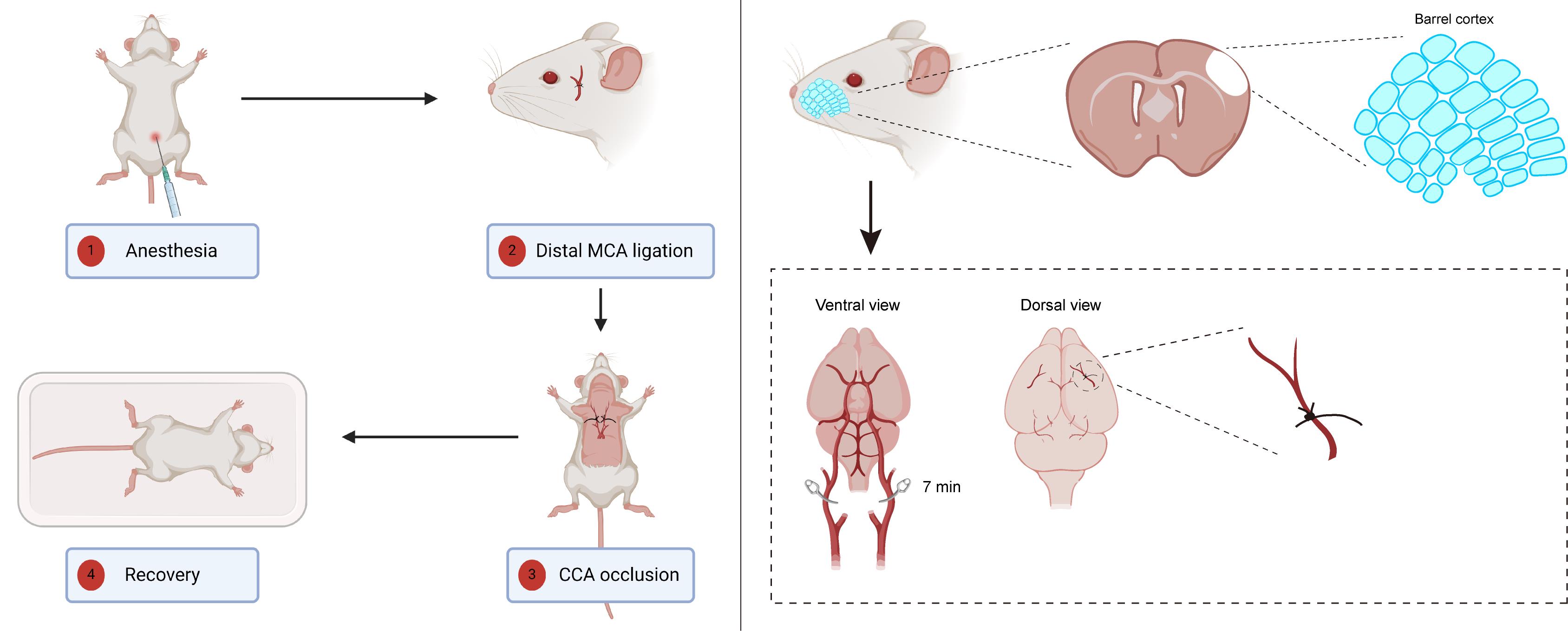
Ministroke model in mouse barrel cortex. Left panel: An overview of the surgical procedure. Right panel: An illustration depicting the two primary steps of this model; the upper section illustrates the location of the barrel cortex, while the lower section highlights the blood vessels that require ligation or occlusion. The left panel of the graphical overview was created in BioRender.
Background
Our protocol focuses on the study of ischemic strokes, specifically on the long-term effects and mechanisms of brain injury following mild ischemic events. Ischemic stroke, particularly acute ischemic stroke (AIS), poses significant challenges for treatment and rehabilitation due to its high prevalence and complexities surrounding timely medical intervention. As traditional treatments, such as intravenous tissue plasminogen activator (tPA), are limited by strict time windows, there is an urgent need for alternative therapeutic strategies that can address the chronic phase of the stroke [1].
Several methodologies have been developed to model ischemic strokes in laboratory settings, with the middle cerebral artery occlusion (MCAO) model being the most widely adopted [2]. MCAO can be executed via the filament method or embolic occlusion, providing a reproducible model of focal ischemia that closely mirrors human stroke patterns. However, MCAO often produces large infarct volumes and can lead to atypical damage, such as hypothalamic injury, which does not commonly occur in human cases. Conversely, the endothelin-1 (ET-1) model facilitates targeted ischemia through localized vasoconstriction, allowing for precise examination of specific regions [3]. Yet, its inability to fully replicate the complex pathophysiological processes of natural strokes presents a limitation.
The photothrombotic model, utilizing a photosensitive dye to induce localized thrombosis via light activation, offers spatial and temporal control over ischemic areas but falls short of mimicking the inflammatory responses associated with strokes [4]. In contrast, our ministroke model involves a combination of permanent distal middle cerebral artery (MCA) ligation and transient bilateral common carotid artery occlusion, resulting in a mild stroke phenotype. This method yields small, consistent lesion volumes and maintains low mortality rates, allowing for the exploration of long-term neuroimmune interactions and other chronic effects of ischemia.
This model presents limitations, such as the requirement for a cranial window and fewer behavioral tests applicable. Despite these limitations, the advantages of our ministroke protocol lie in its ability to produce mild strokes that facilitate the study of chronic pathophysiological processes without the confounding effects of larger infarcts. Unlike models that induce severe injury with high mortality rates, our approach enables researchers to investigate neuroinflammatory responses over extended periods, making it particularly valuable for studying recovery mechanisms and potential therapeutic interventions.
In addition to its primary application in the mechanistic research of ischemic stroke, our protocol can be elegantly adapted for studies focused on therapeutic testing and validation. The ministroke model serves as an invaluable platform for the evaluation of novel neuroprotective agents and rehabilitation strategies. Moreover, the model’s capacity to examine long-term neuroimmune interactions renders it particularly suitable for investigating the role of inflammation in post-stroke recovery. This protocol may also be employed to establish stroke recurrence models. The insights gained from this model could inform strategies to mitigate the long-term consequences of brain injury and improve therapeutic outcomes for stroke patients. Overall, our ministroke model represents a promising tool for advancing the understanding of ischemic stroke and its chronic implications, thereby contributing to the development of effective treatments.
Materials and reagents
Biological materials
1. 8–10-week-old C57BL/6N male mice (Beijing Vital River Laboratory Animal Technology Co., Ltd., catalog number: 213)
Reagents
1. 1.25% ready-to-use avertin solution (Nanjing Aibei Biotechnology Co., Ltd., catalog number: M2920)
2. 0.9% sodium chloride solution (saline) (Sigma-Aldrich, catalog number: S8776-100ML)
3. Buprenorphine hydrochloride solution (Sigma-Aldrich, catalog number: B7536)
Laboratory supplies
1. Cotton tip applicator (Winner Medical, catalog number: 601-015216)
2. Sterile cotton ball (Winner Medical, catalog number: 601-015215)
3. Prolene non-absorbable suture, blue 10-0 3.8 mm 3/8 circle taper point needle 13 cm (Ethicon, catalog number: W2790)
4. Non-absorbable surgical silk suture, 4-0 (Ethicon, catalog number: 736G)
5. Non-absorbable surgical silk suture, 6-0 (Ethicon, catalog number: 706G)
6. Nair hair removal lotion with soothing aloe & lanolin (Church & Dwight, catalog number: UPC022600223290)
7. Vetbond tissue adhesive (3M, catalog number: 1469SB)
8. 75% ethanol wipes (Beautyblend, catalog number: BLD.R-8070)
9. Eye ointment (Puralube Vet Ointment, Dechra, catalog number: NDC 17033-211-38)
Equipment
1. Dissecting microscope (Ningbo Novel Optics Technology Co., Ltd, catalog number: JSZ8)
2. Ophthalmic surgery microscissors (Jinzhong surgical instrument, catalog number: Y3F020)
3. Ophthalmic forceps (Jinzhong surgical instrument, catalog number: JD1050)
4. Microforceps (Jinzhong surgical instrument, catalog number: WA3080)
5. Ophthalmic scissors (Jinzhong surgical instrument, catalog number: Y00030)
6. Scalpel blades (Jinzhong surgical instrument, catalog number: J0B020)
7. Electric drill (Slite, catalog number: P-500-2)
8. Warming pad (REPTIZOO, catalog number: AHM11)
Procedure
文章信息
稿件历史记录
提交日期: Dec 24, 2024
接收日期: Feb 13, 2025
在线发布日期: Mar 4, 2025
出版日期: Mar 20, 2025
版权信息
© 2025 The Author(s); This is an open access article under the CC BY-NC license (https://creativecommons.org/licenses/by-nc/4.0/).
如何引用
Wang, S., Wang, S., Sun, Y., Du, Y., Yao, J., Zhang, S., Wu, J., Xie, D. and Wu, Y. (2025). Developing a Ministroke Model in Mouse Barrel Cortex. Bio-protocol 15(6): e5244. DOI: 10.21769/BioProtoc.5244.
分类
神经科学 > 神经系统疾病 > 脑卒中
神经科学 > 感觉和运动系统 > 动物模型
您对这篇实验方法有问题吗?
在此处发布您的问题,我们将邀请本文作者来回答。同时,我们会将您的问题发布到Bio-protocol Exchange,以便寻求社区成员的帮助。
提问指南
+ 问题描述
写下详细的问题描述,包括所有有助于他人回答您问题的信息(例如实验过程、条件和相关图像等)。
Share
Bluesky
X
Copy link


